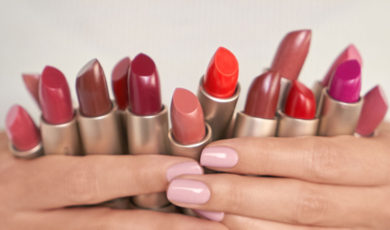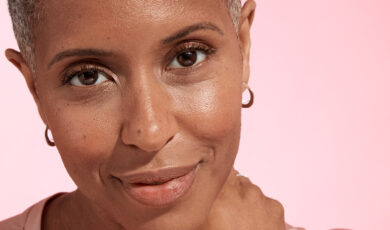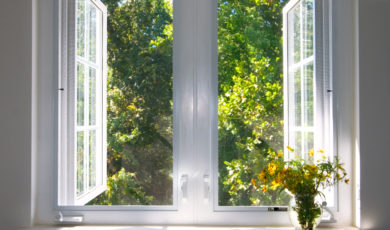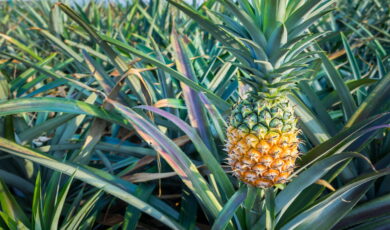Got Maskne? Here’s How to Treat (and Prevent) Mask-Induced Breakouts
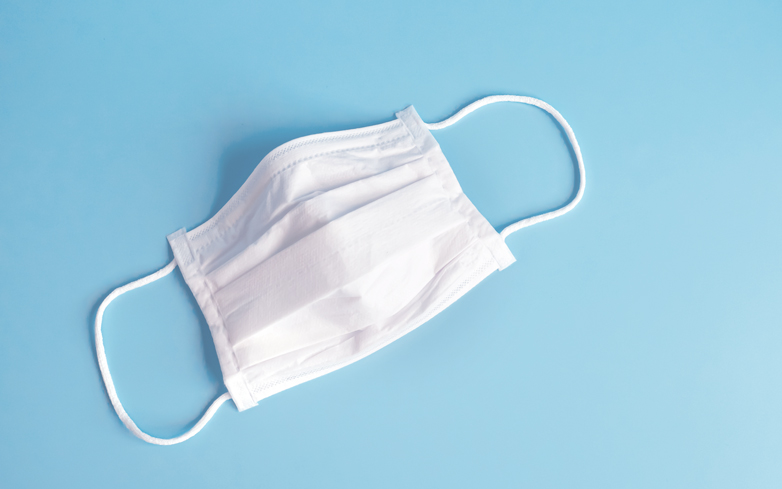
Now that regular mask-wearing is a part of our daily lives, we’re learning to adjust our beauty routines accordingly. But even those who go bare-faced are experiencing an unwelcome visitor — face mask acne, also known as “maskne.”
What’s Causing Maskne?
The popular term “maskne” refers to the acne that forms in the areas of the face that are covered by a mask. “The medical term for it is ‘Acne mechanica,’ because it occurs in skin areas that are under occlusion,” says Dr. Joyce Park, our Global Dermatology Ambassador. Occlusion (or blockage) of hair follicles, paired with a warm, sweaty environment, predisposes us to acne flares. “Commonly we see this in athletes who wear helmets and shoulder pads, and recently I’ve been seeing a lot of it due to frequent mask wearing,” Dr. Park explains.
Those who have previously dealt with skin issues such as allergies, acne or rosacea tend to be more affected by maskne, especially since the areas covered by a mask (nose, mouth, chin) tend to be more sensitive and delicate.
How to Treat Maskne
So, how do we go about treating these stubborn breakouts? You don’t have to start a whole new skincare routine, but there are a few extra steps you can take.
First, it’s important to wash or wipe the sweat off of your face as soon as possible. Then, it’s time to cleanse and hydrate the skin. “Use a gentle cleanser that contains ceramides or glycerin, such as the PURENESS Gel Cleanser, and hydrate with a light serum with niacinamide such as the SKINLONGEVITY Long Life Herb Serum,” Dr. Park suggests.
Since the skin underneath the mask might be extra sensitive, Dr. Park recommends keeping your nighttime treatments minimal. “At night, apply a tiny amount of topical retinoid or benzoyl peroxide to help spot-treat. You don’t want to overdo it by using exfoliants like AHA or BHA,” she says. “Then apply a non-comedogenic, soothing and hydrating moisturizer like the PURENESS Soothing Light Moisturizer to protect the skin.” With just 15 clean ingredients including soothing coconut milk, this moisturizer helps to replenish skin’s natural moisture while providing antioxidant benefits.
Avoiding Maskne
While it’s impossible to totally prevent maskne, there are ways to reduce it significantly. When wearing a mask, Dr. Park recommends gently cleansing your face often, as well as avoiding thick skincare or heavy makeup.
For sheer, lightweight coverage under your mask, try our best-selling COMPLEXION RESCUE Tinted Hydrating Gel Cream SPF 30. The hydrating formula gives you a naturally-radiant glow — without being too heavy. It’s also non-comedogenic, meaning it won’t clog pores or contribute to breakouts. Plus, enjoy mineral-based sun protection on the parts of your face that are exposed.
And don’t forget your lips! Dry lips have become a common result of mask-wearing, so be sure to hydrate with a balm before putting on your mask, as well as before bed.
Maskne Tips for Everyday Life
- Be choosy with fabrics. The material of your mask could also be a factor when it comes to maskne or other skin issues. Go for a mask made from cotton or polyester blends — these are much gentler on the skin and therefore can lessen the chance of irritation or breakouts.
- Keep it clean. Dr. Park also points to the importance of proper mask care. “Remember to wash your mask often if you wear a reusable cloth mask,” she says, “And make sure to use a fragrance-free laundry detergent.” In order to remove oils and dead skin that can build up in your mask, the Centers for Disease Control and Prevention (CDC) recommends washing after each use.
- Build your collection. To avoid having to do laundry every day, keep several cloth masks on hand. This way, you can wear a different one each day and not have to wash as frequently. If you must wear a disposable mask, the CDC recommends changing into a new one several times per day.
- Be mindful when exercising. The CDC’s advice here has a big caveat — while they say that a great way to avoid breakouts is to avoid wearing a mask when exercising that’s only if you can maintain a safe distance from others. If you cannot maintain a safe distance when exercising, it’s important to wear your mask or other face covering; just make sure to wash your face as soon as you are able.

